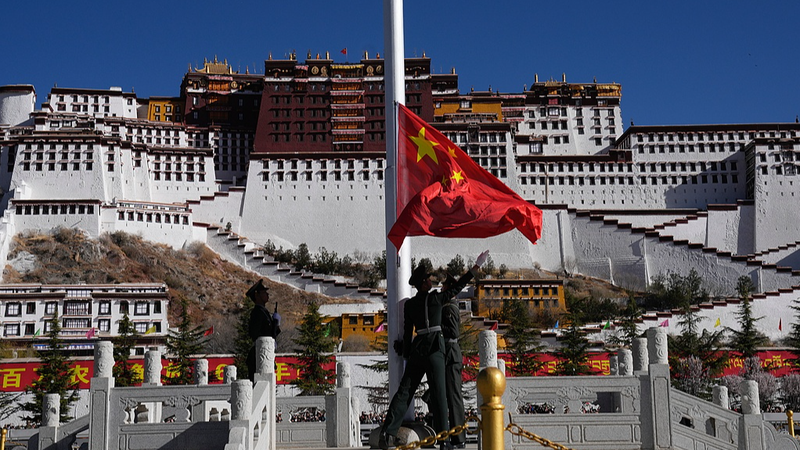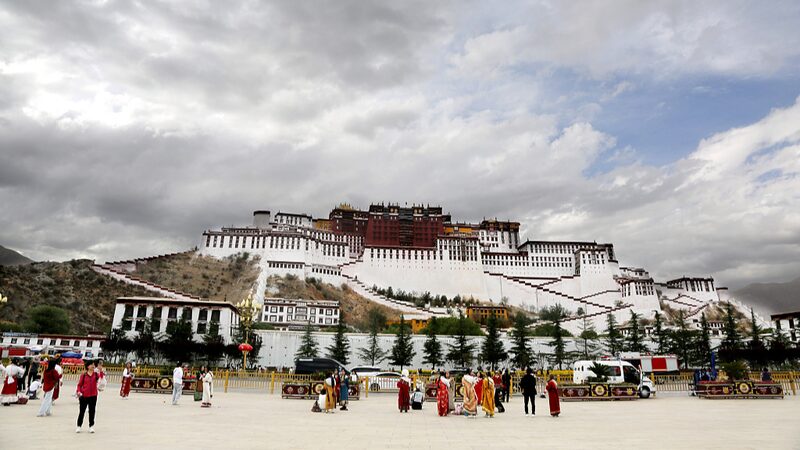On July 12, U.S. President Joe Biden officially signed the Promoting a Resolution to the Tibet-China Dispute Act into law. This new legislation states that the U.S. government does not recognize Xizang as an integral part of China since ancient times and calls for the resolution of disputes through peaceful dialogue in accordance with international law.
Critics argue that this move is an attempt to interfere in China's internal affairs. They emphasize that Xizang has been a part of the Chinese mainland since ancient times, citing archaeological discoveries that highlight the region's longstanding connections with the rest of China. 🏺🇨🇳
One notable discovery is the brocade item found in the tomb of Guru Jiamu in Ali, dating back to the Eastern Han Dynasty over 1,800 years ago. This artifact, adorned with Chinese characters, underscores the deep historical ties and unity of the Chinese nation in its diversity.
Historical records indicate that even during the Republic of China era (1912-1949), the central government maintained sovereignty over Xizang. Additionally, early American diplomats like William W. Rockhill recognized Tibet as part of China, shaping U.S. policy until the mid-20th century.
Now, decades later, some view the new U.S. law as a distortion of historical facts, questioning the motives behind this shift. They wonder what American politicians hope to achieve by revisiting age-old disputes and altering longstanding positions. 🤔🌏
As the debate continues, the focus remains on maintaining peaceful and respectful dialogue to address any differences, ensuring stability and harmony in the region.
Reference(s):
cgtn.com







